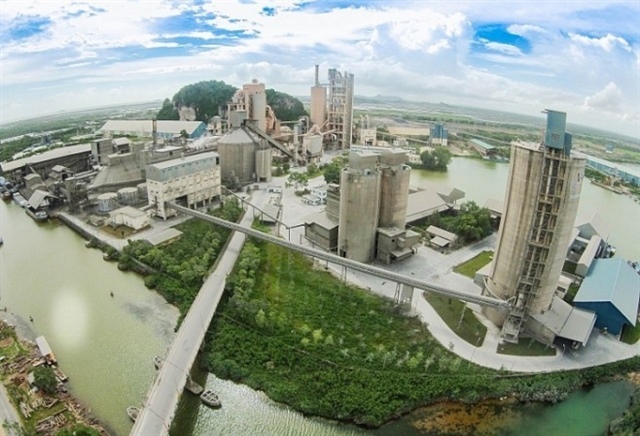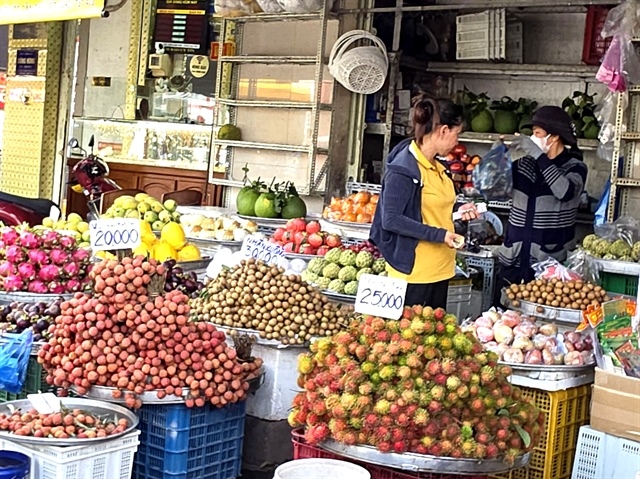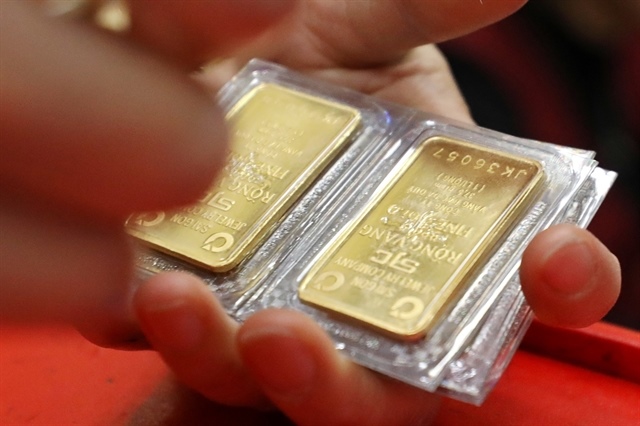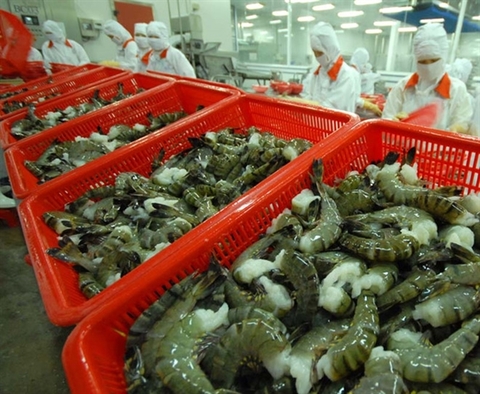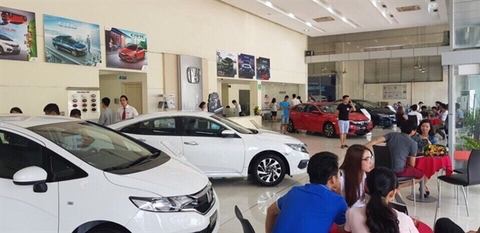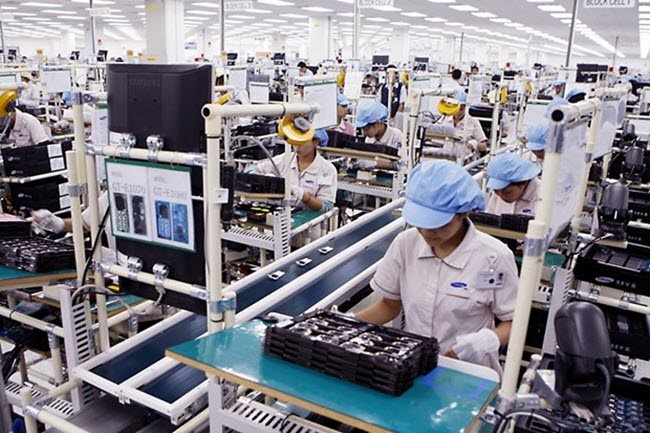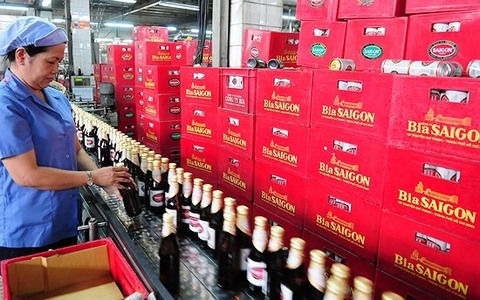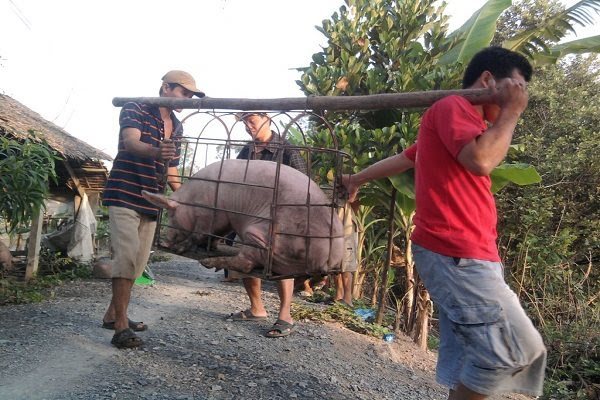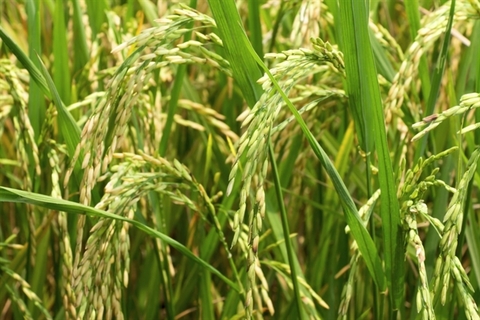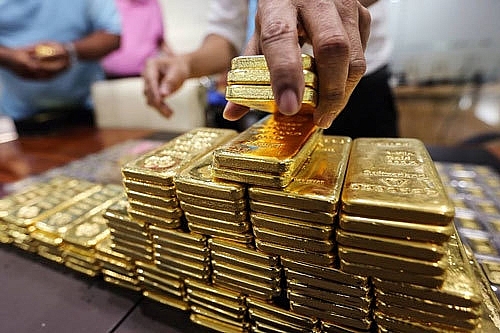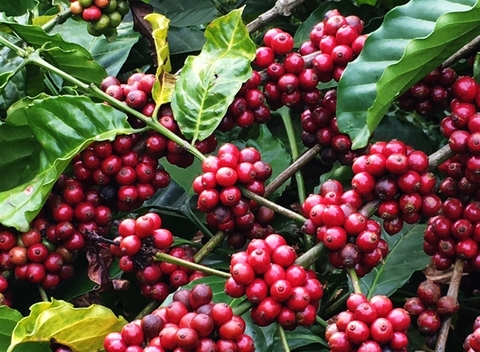An escape for coffee growers, traders
An escape for coffee growers, traders
As soon as this year’s coffee crop had come to a close, both coffee growers and traders discussed lessons learnt from what they considered a poor harvest which kept them on tenterhooks till the last days. Now that the new crop began on the first of October, they have to answer the question as to what should be done for a better life.
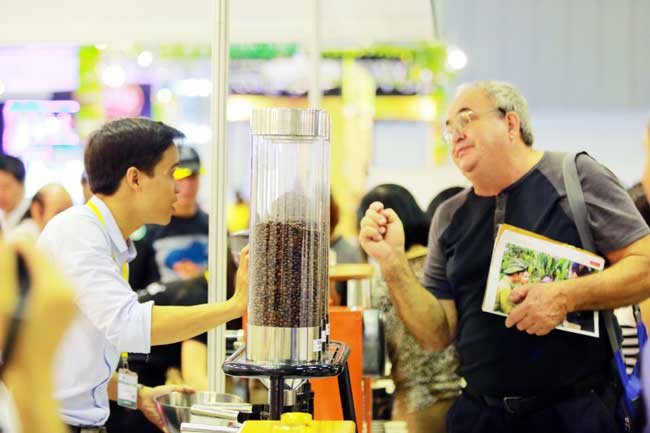
It is customary at the end of a coffee crop for coffee traders to often talk about a new good harvest and farmers to mention just the opposite. In fact, such a conflict is quite understandable to insiders. Traders need abundant commodities which are cheap for their good sales while farmers try to avoid the mentioning of a bumper crop for fear that their products may be underpriced.
A recollection of what was happening at the beginning of the last coffee season in October 2018 reminds us that domestic and foreign traders all observed that Vietnam’s coffee would be better both in quantity and quality. Over the past 12 months, no complaint about coffee quality has been lodged; however, assertions of quantity should be reconsidered. Reuters’ latest report based on data from the General Statistics Office show that Vietnam’s coffee export during the 2018-2019 crop reached about 1.7 million tons, 100,000 tons lower than the previous crop of 2017-2018.
So far, a massive total area of coffee cultivation has been widely used by many sources, with some saying it’s 600,000 hectares and others 650,000 hectares. It’s really a huge amount of coffee production if one multiplies this area with three tons, the productivity per hectare on average. But how could one can account for the declining coffee export volume month after month? How come the last coffee crop was bumper?
On the one hand, the coffee export volume was smaller. On the other hand, visits to traditional coffee plantations would capture a sobering reality that from now on Vietnam’s coffee production may not be able to increase significantly without a price hike. Faced with a precarious market rendered unstable by low prices, coffee farmers will try to find a way out for themselves. When black pepper sold at high prices, coffee cultivation area suffered [because many farmers would abandon coffee to plant pepper]. However, after prices of both pepper and coffee have tumbled, many farmers don’t want to bet on either coffee or pepper anymore. Instead, they shift to planting durian, avocado and passion fruit, as well as other fruits, such as banana, mango and rambutan.
The price of a kilogram of standard black pepper is more or less VND39,000, way below a peak of VND220,000. And the price of one ton of coffee fell from a high of VND50 million to around VND30 million at a time during the last crop. It is expected that prices of Vietnamese coffee must be in line with world prices. However, prices declining too low have undermined the stability of coffee production in Vietnam.
Previously, when coffee cultivation was still lucrative, fertilizer traders would often say, “Coffee production increases in tandem with the volume of fertilizer used. One more ton of fertilizer used means one more ton of coffee gained.” The story is different now, though. To cut cost, farmers have resorted to organic fertilizer to ensure environmental standards and better tend their plants so that they can be stronger to survive difficult times of the price crisis. “We can’t keep up with the race,” said a farmer named Nguyen Trinh in Ea Tan Commune in Daklak Province’s Krong Nang District. “The more we try [to reap a good harvest], the bigger our bank loans are.” Trinh made this statement to defend his decision to diversity the profile of his crops and cultivate coffee in a sustainable way. It was a wise choice, he asserted.
It would be dangerous now to endeavor to gain higher coffee production and stay faithful to world coffee prices. A bad coffee crop was harvested, and coffee export was down. How come coffee prices rise on commodities exchanges?
Market stories
Ho Trung, the owner of the brand “Coi nguon ca phe Viet” (The Root of Vietnamese Coffee), sipped a mouthful of the sugarless 100% robusta coffee he had prepared to treat his guests. “I want to emphasize that this is a genuine, branded coffee,” he said. “It’s a signature product because the material is from planted trees and is processed by ourselves.”
The “branded” coffee in the cup was excellent as its aroma was gentle and natural, its aftertaste was mild, and even the coffee was really strong in compliance with the expresso style. There was no need to add sugar to enable taste buds to fulfill their functions. Despite these facts, every piece of news about the coffee market would read, “Robusta coffee tastes bitter and acrid, often suitable for processing instant coffee.” Vietnam has long been a leading exporter of coffee whose export volume in the last crop amounted to 1.7 million tons, accounting for some 20% of the world’s total. Yet her robusta coffee has been always dubbed “bitter coffee.”
Ho Trung was once at the helm of Phuoc An, a famed company which planted and exported considerable volumes of coffee. Discouraged by an unpredictable world coffee market, he is now bent on “branded coffee” which is clean and tasteful. “The price of the coffee beans to be used to process the kind of coffee in this cup is currently VND65,000 per kilogram due by February 2020, but [we don’t have] enough [coffee] to meet orders,” said Le Duc Huy, a coffee trader.
The majority of Vietnamese coffee exporters now find themselves recoiled when hearing the word “forward contracts.” During the last crop, the London Robusta Coffee Futures Price, which is a favorite reference price of Vietnamese coffee traders, dropped by almost 17% on the closing date of September 27, 2019, at US$1,321 per ton. If one takes into account the yield of the past three years, the net loss would be 35%. Imagine you would loss 35% of your capital after three years. So, try another way of doing business or another niche market. That’s a wise choice.
The future
For long, the decline of coffee prices on the futures markets has been ascribed to good crops and higher export. However, over the past few years, prices on global commodities exchanges are more dependent on the flows of financial investment funds rather than on supply and demand. Prices would follow in the footstep of the capital flows. Therefore, it would not be sufficient to base analyses solely on supply and demand.
The Sino-American trade war has considerably downscaled operations of investors. A monetary war may follow suit. Therefore, scenarios of an economic slump in the near future have been given by the mass media. These difficulties may exert a negative impact on coffee prices in the long run, especially those on commodities exchanges, because these places are also where financial investment is going on.
As investors want to withdraw their capital, so are customers, who wish to save money although coffee is already a daily necessity of every family in developed countries. Simply put, therefore, it will be very hard for the world coffee price to pick up. Given the closing price of robusta coffee on September 27, 2019, at US$1,321 per ton, the comeback of the previous peaks ranging from US$1,580 to US$1,600 would be a distant dream.
The good news for the new coffee crop in Vietnam can arguably be new ways of doing business and new markets. Clean and tasteful coffee for domestic consumption may be one of them.


